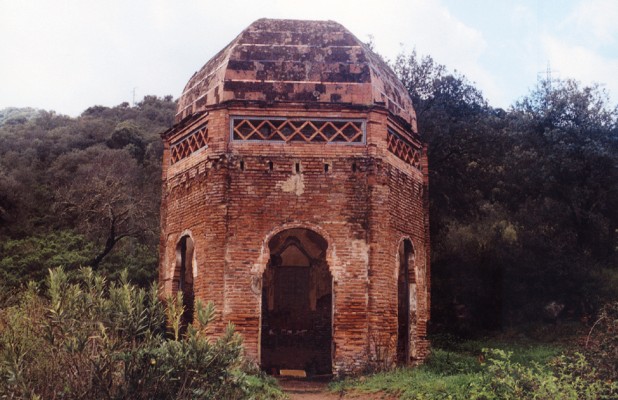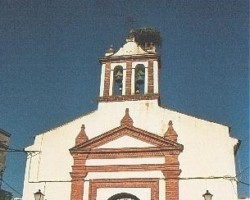From the Cuesta de la Matanza, the white-washed hamlet of Villaharta appears in the distance. From the Cuesta de la Matanza, separated by curving slopes, the white-washed hamlet of Villaharta appears in the distance, at the foot of the Cerro de la Solana [a hill]. Villaharta is inevitable linked with the spa of Fuente Agria that possesses highly beneficial medicinal mineral waters, which, although currently in disuse, eagerly await resurgence. In the meantime, Villaharta is a favourite summer retreat for residents of the capital wishing to experience the fresh air and tranquillity denied to them in the city.
- The village is located in the Valle del Guadiato [Guadiato Valley], close to the N-432.
- Distance from Córdoba: 38 km.
- Altitude: 578 m.
- Surface area: 11.9 km2.
- Population: 687.
- Term used to designate inhabitants: Villaharteños.
- Region: Valle del Guadiato.
Villaharta probably arose in the 15th century, based around inns that lined the route from Córdoba to Belmez and Los Pedroches. In 1495, the Catholic Monarchs authorised Fernando Páez de Castillejo to create an entailed estate for his son, Francisco, within his properties, which included the estate of Alhondiguilla, the origin of the village.







